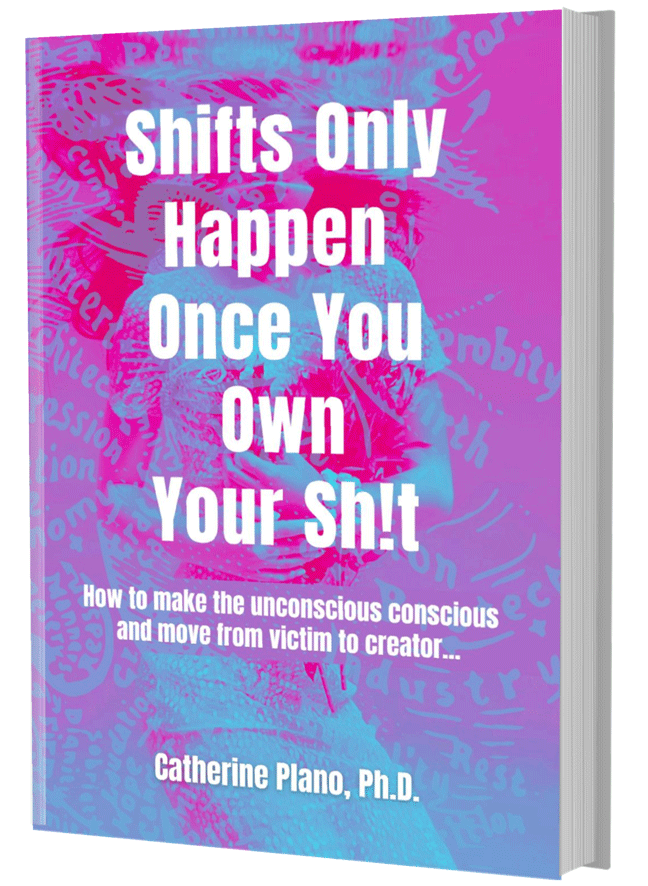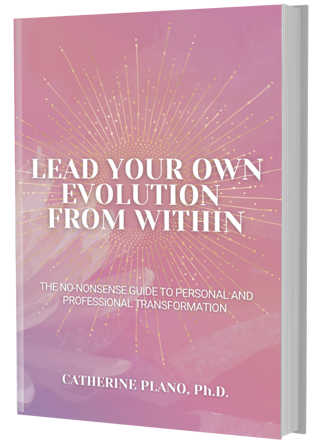Recently, scientists at the Institute of HeartMath in the US have been exploring the concept of how emotions affect health. What they have found is that the heart emits electromagnetic fields that change according to our emotions.
By measuring these fields, the scientists have been able to prove that positive emotions create physiological benefits, like boosts to the immune system.
At the same time, their research proved that negative emotions can create nervous system chaos, which leads to stress and anxiety.
Considering these findings, it makes perfect sense to say that if we want to change our lives, then we need to change our minds. However, like all transformations, changing the way we think does not come easily.
The power of thought
At a basic scientific level, a thought is an electrical impulse that fires up the neurons in the brain. Neurons are brain cells – electrically excitable brain cells – that process and transmit information via our five senses. These impulses can also be triggered by our senses – what we see, hear, taste, touch or smell – as well as memories of our senses.
Thoughts are often repetitive and negative. And, due to the way we’re wired, the brain listens to everything we think.
When we say something to ourselves like, ‘Oh, I am hopeless at meeting new people and making new friends’, then we give the brain permission to search through its filing system – the archives that go back to our earliest memories, thoughts and actions. Time and time again, it will strive to find the proof to back up what we are telling ourselves.
When we allow our pessimistic, unproductive thoughts to fester, the part of the brain that is responsible for decision-making and creative problem-solving actually shuts down. When this happens, we can suffer a kind of mental paralysis that can lead to depression, anxiety and chronic stress. We become incapable of finding a solution for ourselves to break our negative state of mind.
It can all happen without us even being aware of it.
Overcoming our negativity bias
Every person’s brain is programmed to block negative experiences, actions and events as much as possible. As a result, the brain is extremely sensitive to whatever it perceives to be a threat. In addition, it tends to be far more affected by these negative elements than it is by positive ones.
Psychology has defined this automatic process of ruminating over troublesome factors as the brain’s ‘negativity bias’. Even though it may be useful in a survival context, our negativity bias often leads to overthinking, pessimism and issues in key cognitive processes like decision-making.
Although we cannot make our negativity bias disappear, we can reduce its impact on our day-to-day lives through balance. The 3-to-1 ‘critical positivity ratio’ is a concept developed by Dr Barbara Fredrickson and Dr Marcial Losada to support healthier thinking patterns and lifestyles.
To put it shortly, for every negative emotion we experience, we have to experience three positive ones to achieve emotional harmony and enjoy happy, balanced and successful lives.
Understanding our emotions
Human beings are creatures of emotion. Our emotions are supported in the limbic system of our brain. The limbic system regulates the type, degree and intensity of feelings.
In human beings, emotions act as indicators. They help us to gauge and identify what we are feeling, especially about situations and interactions we do want, as opposed to those we do not want. This is vital information, not just in the sense of basic survival, but also in terms of how we go about our daily lives in a civilised society.
Unfortunately, most of us have been trained to undervalue the information we receive from our emotions (if, in fact, we are in touch with our emotions at all). By and large, we’ve all been taught to ‘put up with’ what’s happening to us when we ‘feel something’ without truly understanding what these feelings and emotions are trying to tell us.
Working with our emotions
We can learn to use our emotions as our guiding system, if we are willing to trust and value the messages they provide for us. The feedback from our emotions is invaluable in helping us to evaluate the content of our thoughts.
Our thoughts determine what we are attracting and creating in our lives. Our thoughts become our feelings, which become our actions. Over time, this repeating cycle equals our state of being.
If we want to change our lives, it starts with us. If we can become aware of our emotional triggers, we can better understand why we do what we do. From that point, we can act towards change.
It only takes 10 minutes a day to self-reflect by asking ourselves questions. We will receive an answer, if not immediately in the moment, then definitely within the next few days. We have to keep an open dialogue with our ‘self’, and trust what we’re hearing.
When we begin working with obstacles and learn to accept our own truth, we experience flow. Only when we are free of all emotional blocks, embracing who we truly are, we will have reached freedom.
This blog was first published on Coaching Life – Australia’s Number 1 Coaching Magazine





